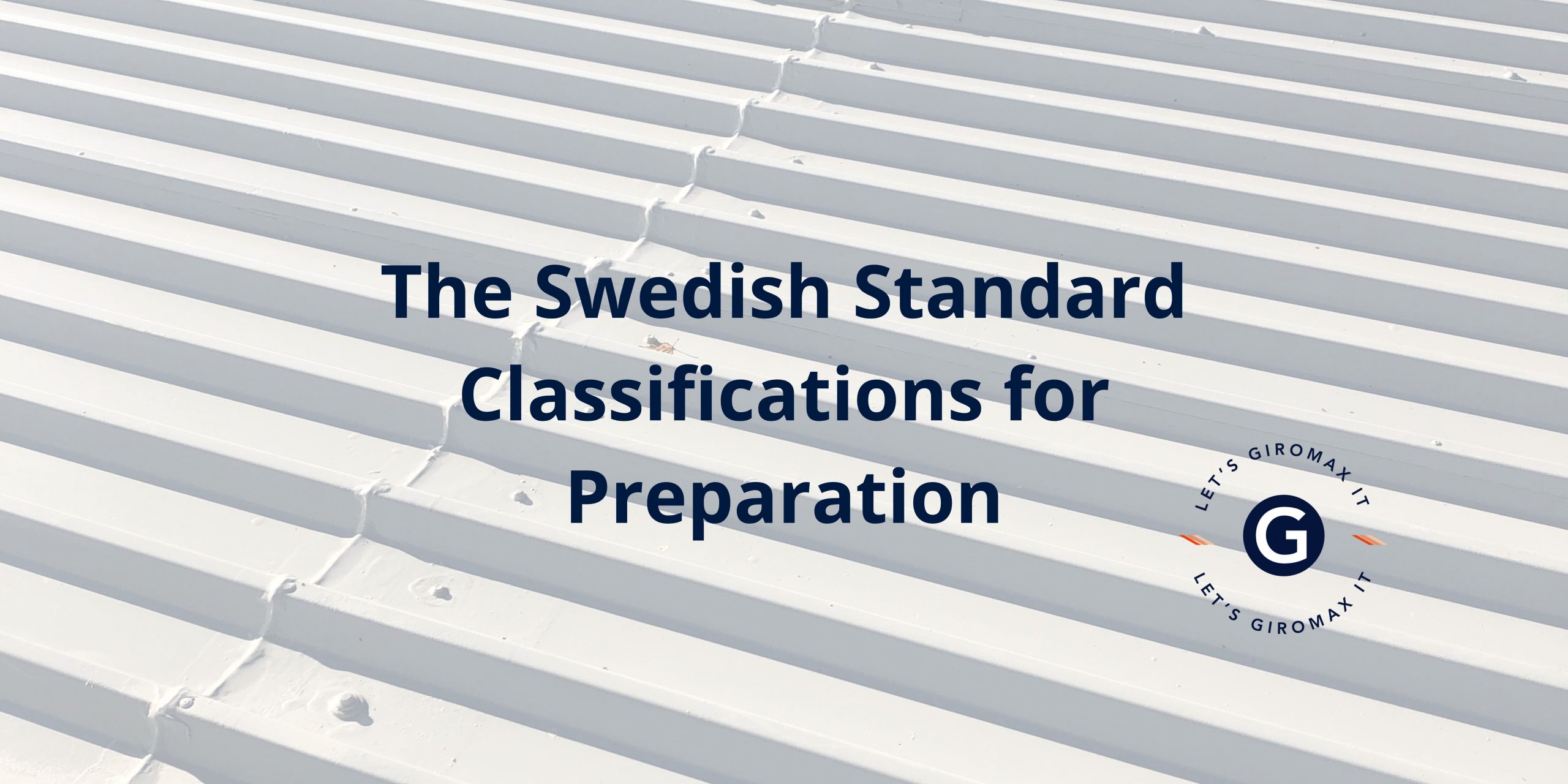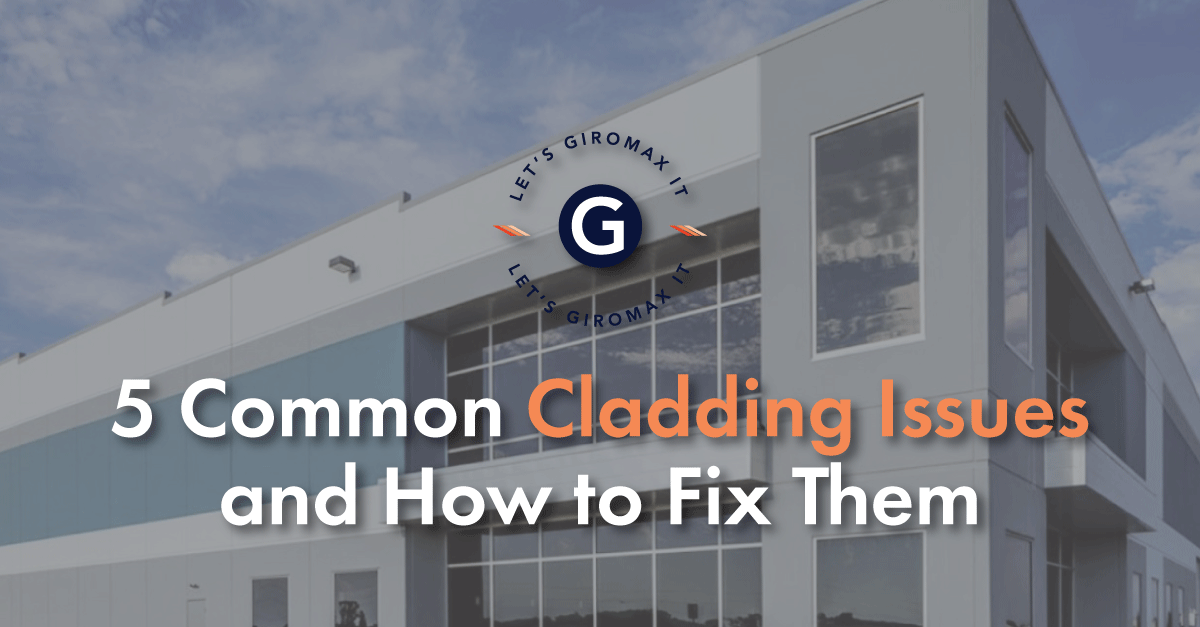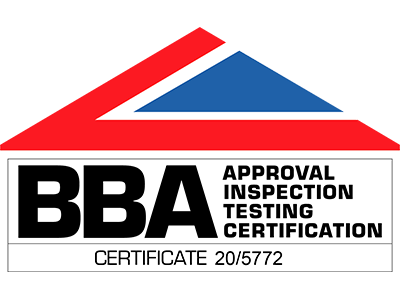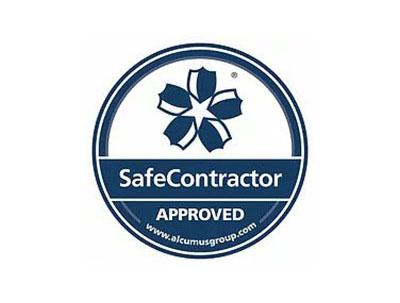The Swedish Standard Classifications for Surface Preparation
The Swedish Standards provide clear guidelines for making processes safer and more efficient. We explore the Swedish Standard classifications for surface preparation, focusing on how to prepare steel for coating products.
The Standards for the preparation of steel surfaces prior to applying coatings have been used for decades. They also help to conserve resources and to reduce environmental impacts. The lifespan of an anti-corrosive coating on steel relies on a thorough approach to how the surface is prepared before application. We recommend explaining the benefits of surface preparation to your clients before specifying coating products.
Rust grades
The approved classifications for surface preparation Standards outline four specific rust grades and a number of preparation grades. The surfaces detailed below are assumed to be hot-rolled steel in states of rust, classified from A – D according to the following criteria:
Grade A – the surface of the steel is completely covered with mill scale, showing little or no signs of any rust or oxidisation, and no pitting.
Grade B – the surface of the steel has been exposed to the elements and shows signs of rusting, with the mill scale beginning to flake.
Grade C – the mill scale has rusted away from the surface of the steel, due to prolonged exposure to the elements. Any remaining mill scale can be simply scraped off, and early signs of surface pitting may be visible.
Grade D – exposure to the elements has rusted away all traces of the mill scale, due to surface oxidisation. Signs of rust and pitting are clearly visible to the naked eye.
There are further classifications relating to specific tools, which can restore the surface of the steel to a suitable coating condition. There are also various abrasives and techniques listed, which grade the quality of the treatment and surface, as follows:
Hand and power tool cleaning
St 2 – The steel is thoroughly scraped with a hard-metal scraper, wire brush or disc sander, to remove loose mill scale and rust. Once cleaned and dried using a vacuum cleaner, clean brush or compressed air, the steel should have a slight metallic sheen.
St 3 – An extremely thorough scraping approach using a disc sander, power brush or other handheld tool, which scrapes away all traces of rust and mill scale. Once it has been cleaned and dried, the steel will have a distinct metallic sheen.
Surface preparation standards: Blast cleaning with abrasives
Sa 1 – Light blast cleaning. The jet moves quickly across the surface to remove loose mill scale and rust.
Sa 2 – Thorough blast cleaning. The jet moves over the surface more slowly to remove all traces of mill scale and rust, as well as nearly all foreign matter. Afterwards, the surface is vacuum cleaned and then dried thoroughly using compressed air or a clean brush. The resulting surface is usually a greyish shade.
Sa 2.5 – Very thorough blast cleaning. All mill scale, rust and foreign matter is completely removed to leave a slight shading effect across the surface. Afterwards, the surface is vacuum cleaned and then dried thoroughly using compressed air or a clean brush.
Sa 3 – White metal blast cleaning. The jet moves slowly across the surface, completely removing all traces of rust and mill scale. Once cleaned and dried the steel has a uniform metallic colour.
Here’s an example of how the classification process works:
A steel surface with a B grade for rust, when blast cleaned to a preparation grade of 2.5, would be given a rating of B Sa 2.5.
Preparing steel for coatings
Blast cleaning with abrasives is the preferred method for cleaning and descaling steel surfaces prior to the application of a protective coating. This will help the coating to adhere, as well as reducing the risk of any further corrosion once the coating has been applied. The profile height should remain consistent across the steel to encourage a uniformly ‘keyed’ surface. This ensures the coating is evenly distributed with superior staying power, and greatly reduces the chance of hairline cracks in the coating appearing in the future.
We recommend reminding your clients that a prepared steel surface can quickly deteriorate when exposed to the elements. It’s essential to keep the steel in a dry condition before application and to apply the coating as soon as possible. Otherwise, further treatments might be needed. Always choose the right coating for the substrate, especially one that can be applied during damp conditions. It needs to be able to withstand extreme weather elements.
Our Technical Services Managers advocate the Swedish Standard classifications for surface preparation. This is our preferred approach and will lengthen the life of your roof coating.
Giromax® coatings help you to prolong the lifespan of your industrial roof. Our innovative, market-leading products include advanced solutions for cut edge corrosion.
If you need technical advice on coating application or the surface preparation of a steel roof, speak to the Giromax team or call 01455 558969 today.
Get updates from us
Sign up to our newsletter to receive all the latest news and insights from Giromax Technology.
Subscribe to NewsletterRelated articles
5 Reasons why Dilapidation Surveys are Important
Dilapidation surveys protecting your roof investment, ensuring compliance and safety standards, and accurate repair and maintenance planning.
5 Common Cladding Issues and How to Fix Them
Common cladding issues include cracking and structural damage, water ingress and moisture-related problems. We explore ways to fix cladding.
5 Commercial Roofing Industry Trends & Innovations in 2025
The latest commercial roofing industry trends include smart roofing technology, IoT, sustainable roofing solutions and advanced roof coatings…









